Alec Soth is a leading artist in contemporary American photography. We may say that he began to establish his aesthetics and the range of his themes by the time he published Sleeping by the Mississippi (2004). This photo essay traces the photographer’s physical and mental journey into the lands bordering that most mythical of American rivers. These photographs mark his encounters with people and places, showing that their ultimate subject is not exactly the river and the landscapes it runs through, but rather the fragments and the signs of a unique chronicle – both poetic and emotional – of small lives, lonely people and remote communities, worlds apart from the wild ways, the rhythms and the spectacle of the big cities.
The thematic motivations of Soth’s work come almost entirely from the social and cultural repercussions, the historical reverberations, the fissures, the gaps and the oddities of American society – so complex and diverse, so profoundly unequal and tense. Following in the footsteps of the main protagonists of American photography, such as Walker Evans, Robert Frank, William Eggleston and Joel Sternfeld, Soth’s work sets up a lyrical and elegiac itinerary in contemporary America, in which we can find the echoes of a lugubrious Johnny Cash and the literary imagination of Mark Twain and Flannery O’Connor.
On the whole, Soth’s photographs stand out for their deliberate simplicity. We are aware, from the first glance, of an approach that takes the formal parameters of documental photography as its reference points and seeks to maximize the descriptive and realistic potential of photographic representation, that is, an approach driven by the primacy of technical precision, by the sobriety and clarity of the image, and by the refusal of any type of pictorial expressionism. The images themselves re-centre the meaning of photography because they do not pretend to be anything but photographs; moreover, they rely on the extraordinary capacity and competence of the camera to intensify our perceptibility of all appearances of reality.
Despite some incursions into landscape, and moments of deep observation of interior spaces and objects, portraiture is the genre at the heart of his photographic imagination and his method. Soth's portraits suggest a series of time-consuming and well-thought-out processes. We can imagine situations in which the sitter waits for the photographer to take action. This process requires the acknowledgement of a certain reciprocity between the sitter and the photographer, both aware of their participation in a photographic event.
Our portfolio brings together photos of various series, in particular those belonging to the project USA: Postcards from America V, shot in 2014 in Milwaukee, Wisconsin. Most of these photographs show young people whose theatricalised bodies, gestures and physiognomies project feelings and states of mind: isolation, loneliness, fear, anguish, vulnerability, frustration. These should be understood as symptomatic of a generation marked, as one might expect, by the trivialization of conflict and violence (to the extreme of school massacres perpetrated by students), and by the gulf between socio-economic groups, the rift between communities, and the precariousness of family structures.
Some sitters look timidly at the photographer. Most, however, appear to have fallen, to be crouching, cramped, concealed, or laid out on the floor or protected by it, avoiding the camera, in much the same way as they seem helpless, or to some degree unable, to cope with their own situation. In this city – and we know how the contemporary city is a machine that produces isolation and separation – solitary people catch the eye and are represented in a moment of apparent introspection or self-restraint. The figures think, thus encouraging a certain pensiveness regarding the image.
The light is soft, but the atmosphere is far from pleasant. Once the rhythm of urban transience is broken, nothing is left but the static, incomplete planes that are doomed to be indeterminate: there is no narrative, there is no ‘before’ and ‘after’. Nothing seems to really happen; inevitably, the movements of the body are constricted, the experience of time is reconfigured. It would be pointless to try and distinguish now what was intentional from what was not. Our role as viewers is to observe the silent presence of these human beings whom we do not know, as we cannot know what drove them to pose for the photographer or what they wanted to show or express for the camera. We see bodies slowing down, suspended, as if they had slipped into torpor. Image, perception and body become intertwined in a time of their own. In their immobility, the personages are fated to be melancholic figures – not owing to what they are doing, but what they have postponed; not because of what they exude, but because of the momentary stillness in which they let themselves be seen.
In this context, portrait photography emerges as a genre that favours digressions and the visual dissimulation of the human figure. We are aware that the face is not a unifying instance towards which all the dimensions of a personality converge. The image is, then, the domain of the potential: the potential to be, to experience and to appear to be. Therefore, the value of these photographs by Alec Soth lies also in his ability to captivate the observer’s interest in something fundamental: the possibility of extending, enlarging or even subverting the referential role of photography, so that, instead of a space saturated with consciousness, another space can emerge, animated by the unconscious. Thus, portraiture is defined by and aspires to be the praxis of representing representations; the face and the body of the sitter act as a screen to which other images adhere, produced by the mental activity of the observer. All is inscribed in a portrait, and anything may escape us – inside and outside of what is visible.
Sérgio Mah
*Translated by Maria Jorge de Freitas
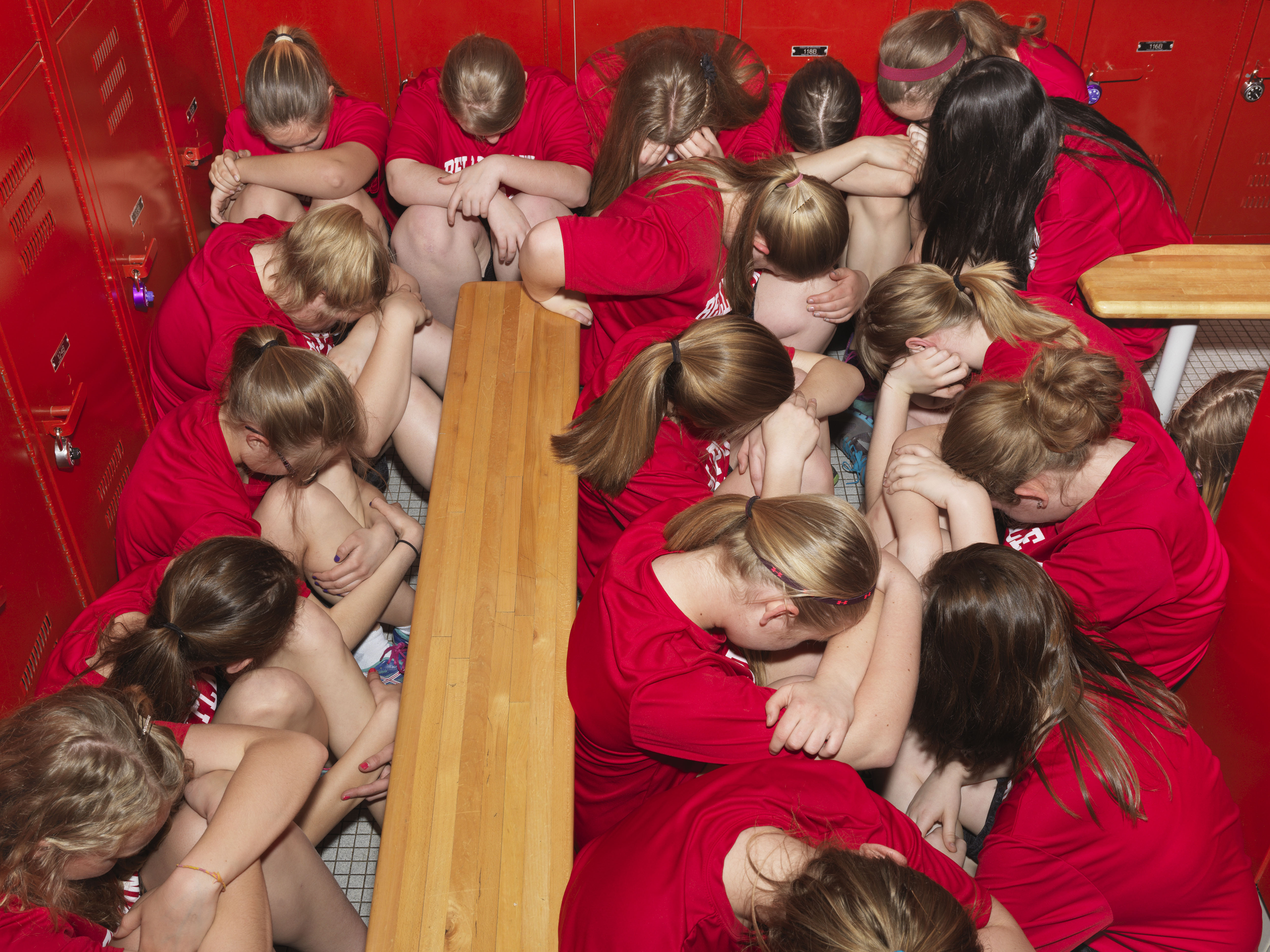
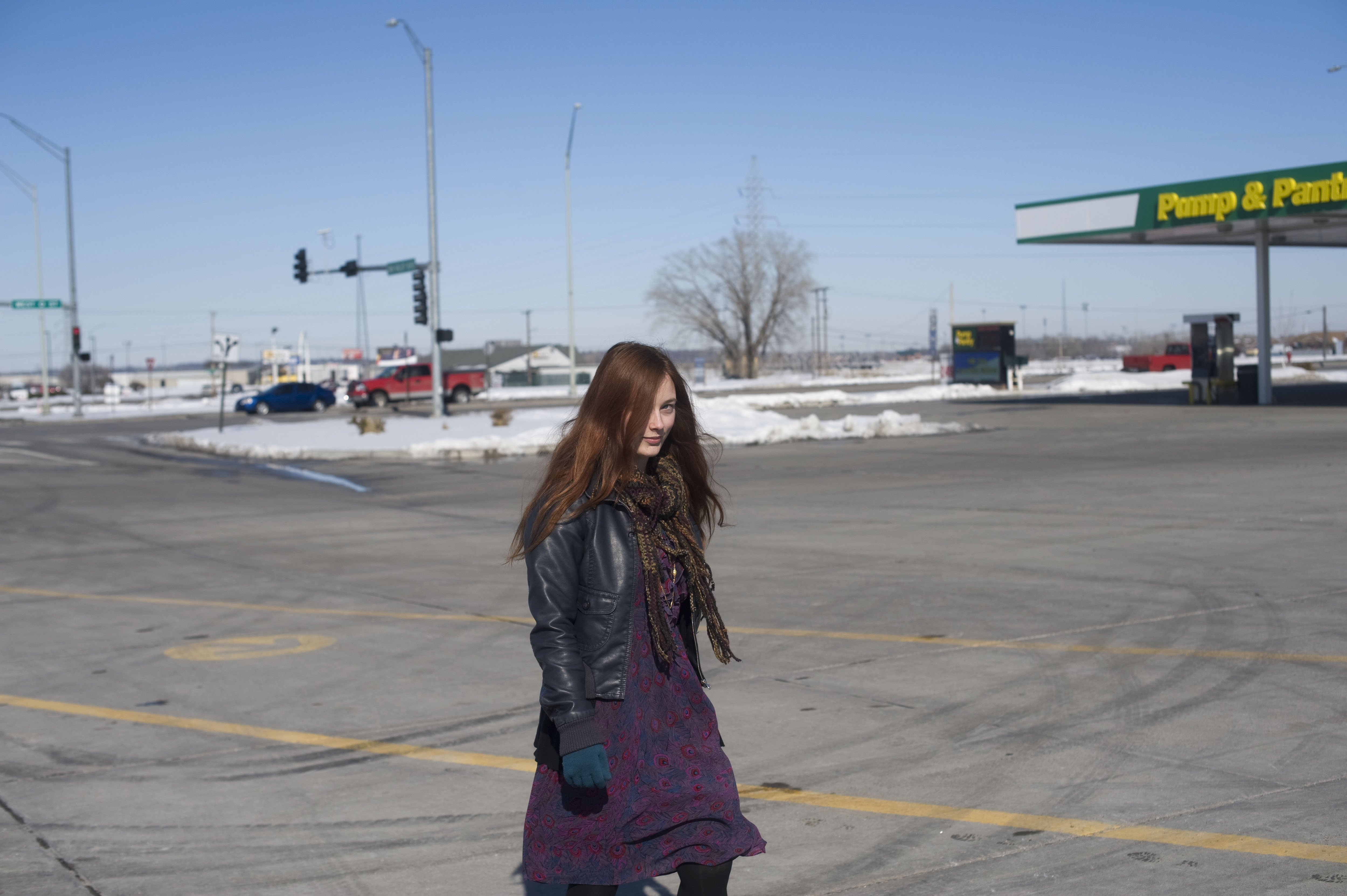

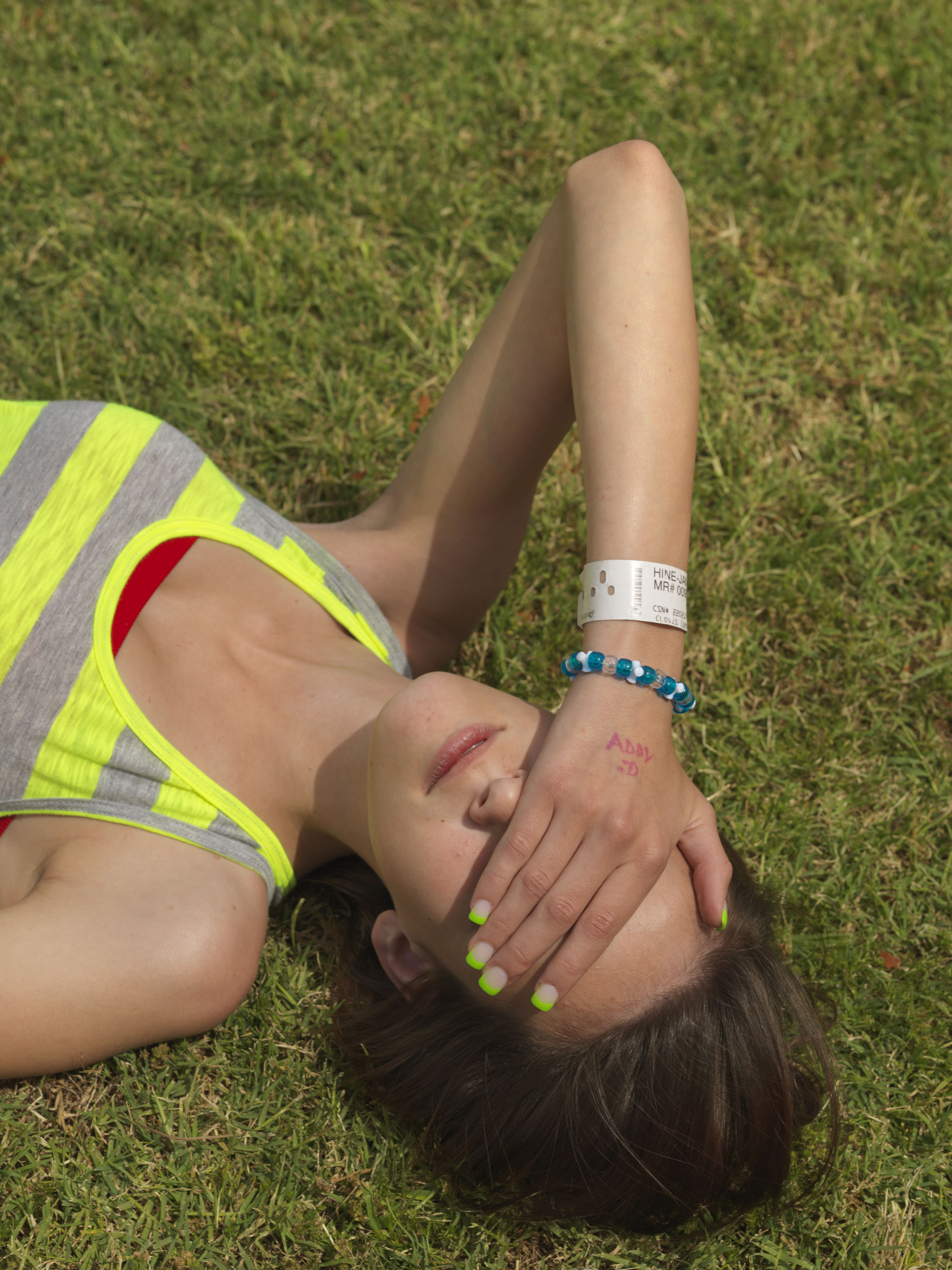

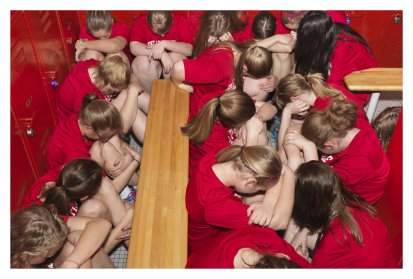

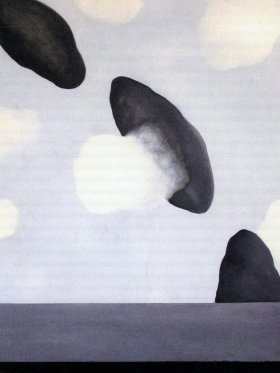
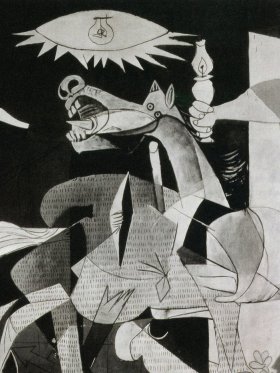
Share article